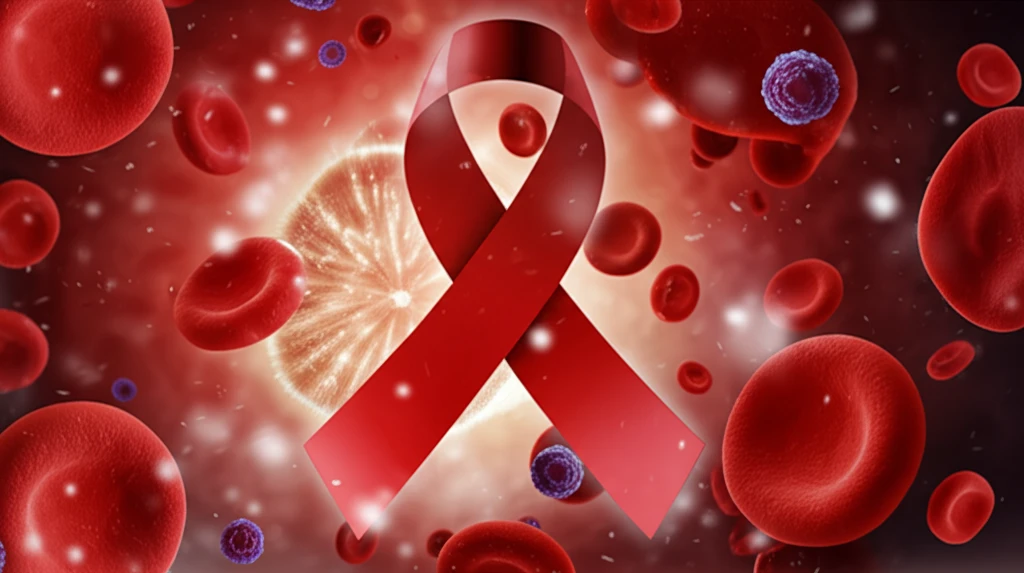
Decoding Breast Cancer: How Blood Counts Can Predict Treatment Success
"New research reveals that simple blood tests, focusing on eosinophil levels, could predict how triple-negative and HER2-positive breast cancers respond to neoadjuvant chemotherapy, offering hope for more personalized cancer treatments."
In the ongoing battle against breast cancer, which affects millions globally, researchers are constantly seeking ways to refine treatment strategies. Neoadjuvant chemotherapy, given before surgery, is a common approach, yet predicting its success remains a challenge. Now, a recent study sheds light on the potential of simple blood tests to forecast how well certain breast cancers respond to this treatment.
Published in 'Oncotarget' in 2018, the research explores the role of eosinophils—a type of white blood cell—in predicting the effectiveness of neoadjuvant chemotherapy in patients with triple-negative and hormone receptor-negative/HER2-positive breast cancers. These cancers are known for their aggressive nature and the urgent need for effective, targeted therapies.
The study suggests that by monitoring eosinophil and lymphocyte counts, doctors may gain valuable insights into which patients are most likely to benefit from chemotherapy, potentially paving the way for more personalized and effective cancer care.
Unlocking Clues from Blood Cells: Eosinophils and Lymphocytes

The study, led by Concetta Elisa Onesti and colleagues, retrospectively analyzed data from 112 breast cancer patients treated with standard neoadjuvant chemotherapy. The focus was on patients with triple-negative breast cancer (TNBC) and hormone receptor-negative/HER2-positive cancer, two subtypes that often require aggressive treatment approaches.
- Higher eosinophil counts at baseline were linked to a higher rate of pathological complete response.
- Elevated eosinophil and lymphocyte counts correlated with improved breast cancer-specific survival rates.
- Combining eosinophil and lymphocyte data into a single metric further enhanced the ability to predict treatment response and survival outcomes.
A Promising Horizon for Personalized Cancer Treatment
While these findings offer a promising step toward personalized cancer treatment, the researchers emphasize the need for larger studies to confirm these results and to fully understand the underlying mechanisms. The potential to use simple, affordable blood tests to guide treatment decisions could significantly improve outcomes for patients with aggressive forms of breast cancer, marking a significant stride in the ongoing quest for more effective and personalized cancer care.
